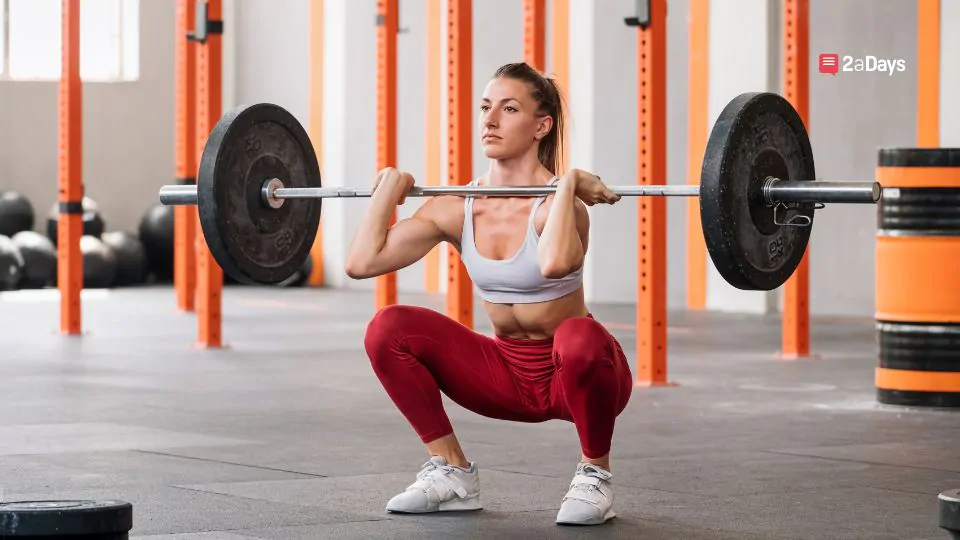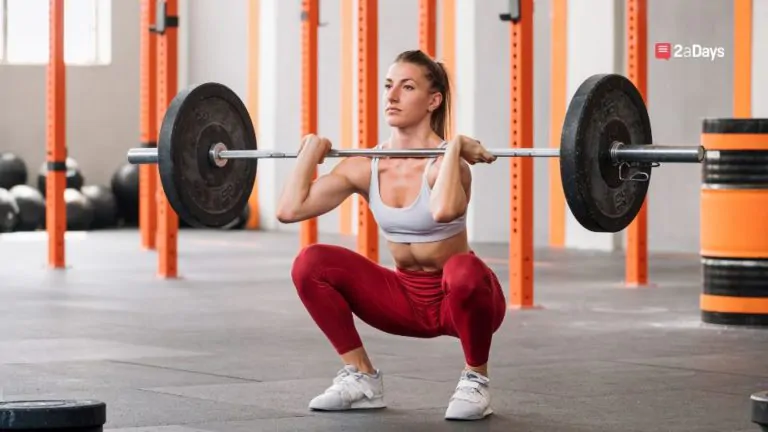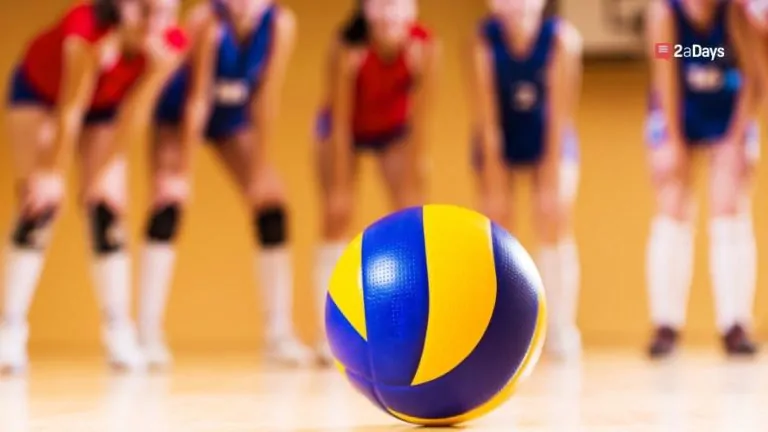Athletes can no longer rely solely on natural ability to be extraordinary at their sport–they must demonstrate drive, work ethic, and passion. Practices are mandatory to increase an athlete's sports IQ, develop their skills and techniques, and learn how to work together as a team. As a high school athlete, you may have been introduced into a gym setting to train and improve upon your strength, but do you know why? Do you understand how it translates to your athletic ability? Strength and conditioning is an integral part of being an elite student-athlete as the choice in exercises used and the continual progression of these movements are necessary to translate to sport-specific excellence.
Related: Rate your Coaches, Facilities, and Campus Visits
For athletes, much of the power, speed and agility that are brought to the field and court are built in the off-season. Using strength and conditioning, an athlete can identify weaknesses, correct any muscular imbalances, gain body movement awareness and flexibility, train movement patterns that directly correlate to sport-specific movements and reduce the risk or severity of an injury. During the season, strength and conditioning is used to maintain all the off-season gains and improvement.
What is Strength Training?
So, what exactly is strength and conditioning? Strength and conditioning is the selection and development of dynamic exercises used to enhance the physical performance and movement of athletes while also aiming to reduce the risk and severity of sports related injuries. The main components of strength and conditioning are strength training, aerobic conditioning, speed and agility training and sports-specific training. The nature of the programming and how much or little each component plays a part in the program is based on the sport the athlete participates in, the position played and the level of expertise a player has.
Related: Comparing the Top 5 Weightlifting Shoes
What Are the Benefits?
By integrating strength and conditioning, an athlete can gain body awareness, or the unconscious ability of the athlete to recognize where parts of the body are in relation to other parts, people, and objects. It communicates the amount of forces necessary to be exerted by muscles to grade movement for avoidance or contact. Body awareness is necessary for athletes to prevent the risk of injury and, for example, dribble the ball down the court while avoiding the defensive acts of another player to steal the ball.
With strength training, athletes can work the fast and slow twitch muscles that give the force necessary to take off for a sprint or run long distances. Conditioning makes use of movements such as plyometrics to drive vertical jump height and power to tackle the ball carrier. Speed and agility training enables the athlete to improve upon their footwork, quickness of changing positions and directions, and maneuvering around objects and people impeding their path to the goal. Aerobic conditioning delivers the ability to continue playing for long periods of time such as in soccer or quickly sprint in the moment in sports such as football and short track events. Sports-specific training is just that: a very specific training program for the position and player.
Related: East Carolina University Assistant Strength and Conditioning Coach Talks About the Weight Room
How Can You Start?
Many colleges and high schools are now providing their athletes with strength and conditioning coaches who specialize in the creation of programs specific for the athletes. They work along with the coaches to develop a program that will maximize their growth and development to translate to excellence They typically lead training sessions for the team and work with individual athletes one-on-one. They are there to make sure athletes utilize correct exercise form and adjust when necessary. In some cases, they will work with injured athletes to develop rehab programs. They are also there to make sure an athlete is not risking injury or illness by working out too much.
There are many facets to training that athletes need to be aware of from exercise selection, programming, frequency, and rest, and recovery. To cover this many topics in one article would be extremely extensive, so to provide you with the knowledge to train effectively and understand why you are training, we are breaking this down into a series of articles spanning the important topics to simply answering the burning questions you have about training. The best way to discover which strength and conditioning routine is best for you is to try different programs and exercises out for yourself.
Have an idea for a story or a question you need answered? Want to set up an interview with us? Email us at [email protected]
* Originally published on January 6, 2023, by Rebecca Lutz







